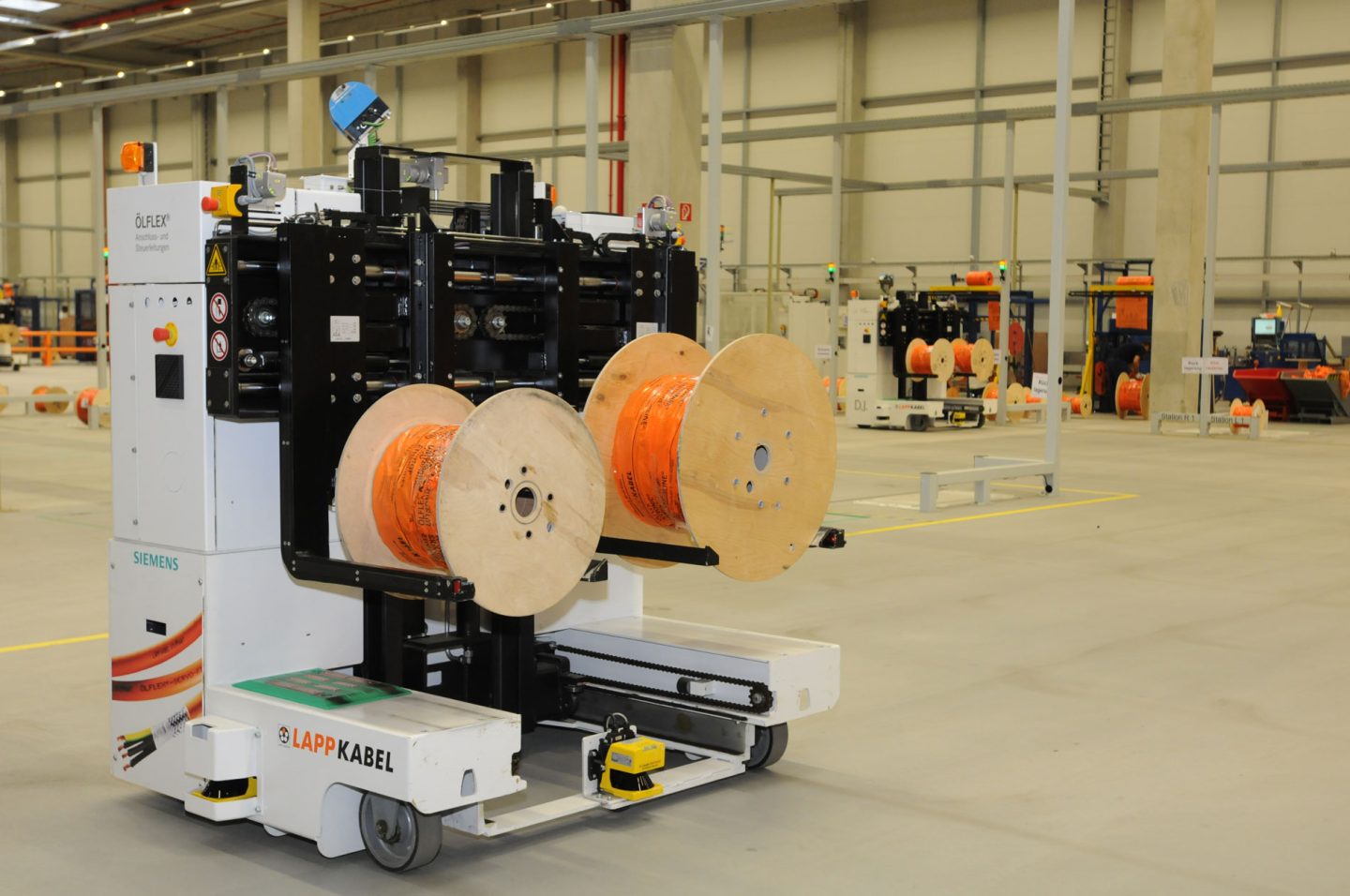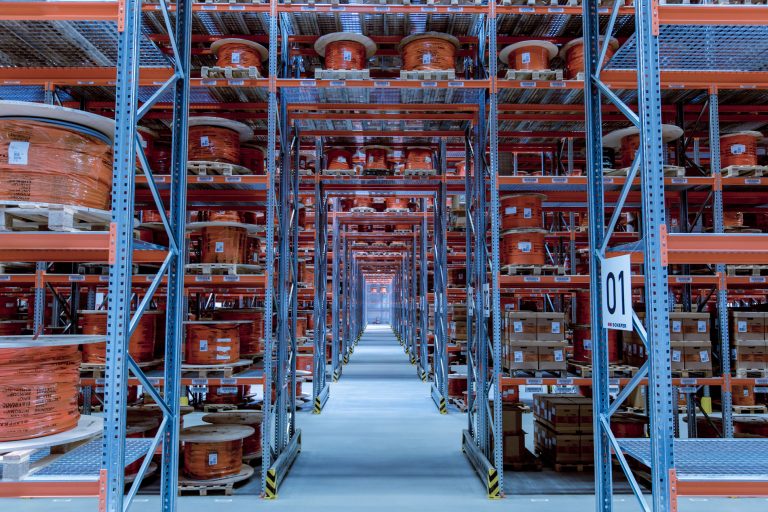
“Dynamism, flexibility and scalability”. Those are the big buzzwords in the industry in the opinion of Alois Heimler, Strategic Marketing Manager Intralogistics & Automotive at LAPP. The company is a leading provider of integrated solutions and branded products in the field of cable and connection technology and views the intralogistics sector as a key industry. An increasing number of LAPP experts are working on the product and service portfolio globally in light of new challenges they are facing due to the industry. For above all, the focus at LAPP is on the future. “The trend towards flexible and scalable intralogistics solutions can be seen both in the classic industrial environment and, for example, in micro fulfillment centres in the e-commerce sector,” explains Alois Heimler. “It has to be possible for goods transport and warehouse solutions for automotive manufacturers and their suppliers to be flexibly adapted to customer demand if, for example, a product becomes a success model. However, the change in purchasing behaviour in the B2C sector during the COVID19 pandemic also put flexibility and scalability with micro fulfillment to the test. This was also taken into account when planning the numerous investments in highly dynamic warehouse logistics solutions that are close to the customer and are often made ahead of schedule.”
The fact that digital and analogue products are increasingly becoming a matter of course in intralogistics, that more and more seamless interfaces are having to be created for optimum interaction between people and machines and that new technologies are constantly being added that require reliable connection solutions, is also reflected in the LAPP portfolio. Already, robots are being used in automated small parts warehouses to pick deliveries autonomously. An increasing number of customers are relying on automatic (de)palletisers that automate work processes. This not only requires smart connection solutions, but also the necessary know-how and skills in handling the wide range of customer requirements.
LAPP intralogistics solutions
In the field of industrial communication, LAPP offers high-quality industrial cables and connection solutions that enable reliable data communication in automated logistics systems and guarantee fast and safe transmission of data between the various elements of the supply chains. This enables smooth coordination and control.
The use of robots and automated systems in intralogistics is increasing worldwide. Many companies already rely on self-driving transport systems on the factory site or in production and logistics areas. LAPP also offers the appropriate control cables for the growing number of robots and cobots (collaborative robots), such as the ETHERLINE® ROBOT PN, as well as drag chain systems with ÖLFLEX® CONNECT, which guarantee a reliable supply of power to the machines at all times.

Equally important are LAPP connection solutions for cranes and hoists, which are used for lifting and moving heavy loads in intralogistics, as well as for conveyor systems or automated warehouse systems. “In all these areas, the topic of connectivity is becoming increasingly important,” says Alois Heimler. Digital and networked solutions not only make intralogistics processes leaner but above all more efficient. With the right products, applications and solutions, companies can save a lot of time and remain competitive.
Dynamics are increasingly important
And they need to too, because the way people shop didn’t just change due to the disruption caused by the COVID19 pandemic. The time between a mouse clicking the order button and the goods arriving is no longer measured in days but in an ever-reducing number of hours. This not only increases the competitive pressure in retail but also for courier, express and parcel services. Above all, the quality of their warehouse and production logistics is a key factor for manufacturing companies in this market. It is the performance of their logistics centres, systems, processes and the efficiency of these that is gauged. In order to implement same-day delivery and just-in-sequence production, all components need to be intelligently networked – which is where LAPP comes into play again.
Flexible solutions for the future
In our increasingly connected world and with the rise of the Internet of Things (IoT), we are moving every more closely together. Distances are getting shorter and automation is increasing. “This is where the need for flexibility comes into play,” says Alois Heimler. However, deficiencies can quickly appear in intralogistics, where many processes and processes are often fixed over long periods of time. “When we think about intralogistics solutions, it is important to clearly define requirements before introducing automated systems and to consider how the system can be set up in a flexible and agile way,” says Mr Heimler. The emphasis is on the keyword of modularity here, as modular systems allow them to be expanded quickly and easily or adapted to new circumstances, such as changes in demand, short product life cycles, seasonal fluctuations or small volumes. This also makes the technologies for distributing the various goods and products increasingly complex. Ever changing customer requirements for delivery times, transparency as well as the adaptability of a supplier are key here too. Use of modularity for efficient utilisation of resources in warehouse areas, with manpower and machinery means there are no bottlenecks or unused capacities. Gentle handling of increasingly scarce resources is in turn good for the climate, as it can save on greenhouse gas emissions.

And what does scalability have to do with the future of intralogistics? “It occurs when recurring processes are automated,” Mr Heimler concludes. For intralogistics, this means that modern systems and plans must be able to adapt flexibly to changes in operating load or requirements without compromising on efficiency or performance. In this way, it is possible to respond to fluctuations in demand and also to growth. Resources and funds are utilised optimally. At the same time, many technologies are evolving constantly. Scalable systems enable companies to gradually integrate new automation solutions without having to upgrade the entire infrastructure. In concrete terms, this means that the challenge for intralogistics is not just to take into account current requirements but also possible future requirements. LAPP is working hard to provide all customers with the best possible solutions and systems for intralogistics in the future,” says Alois Heimler.
